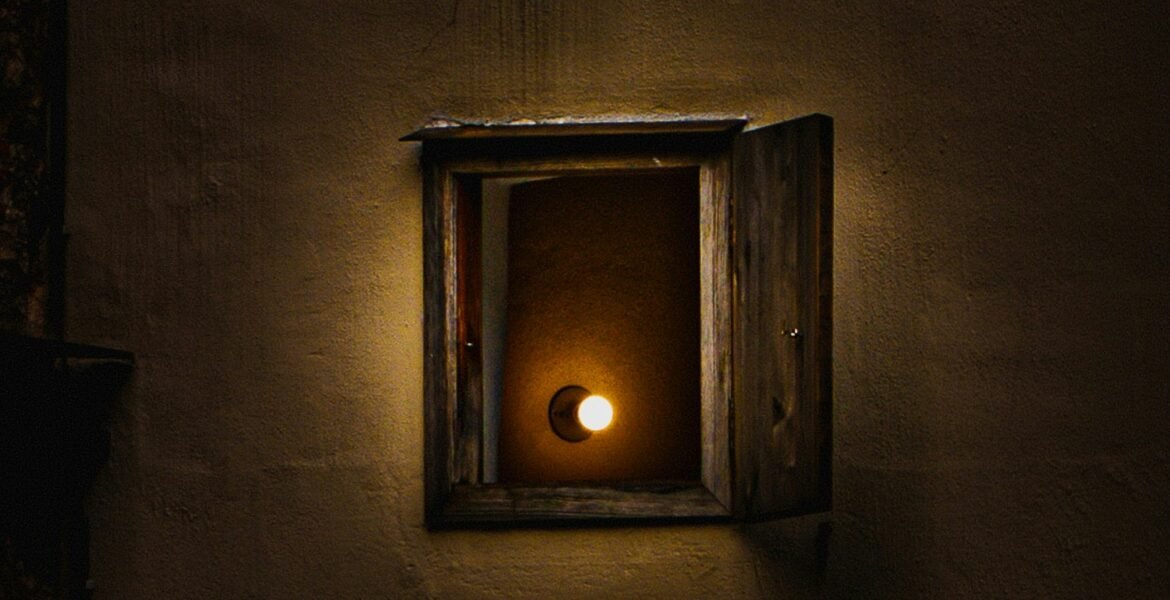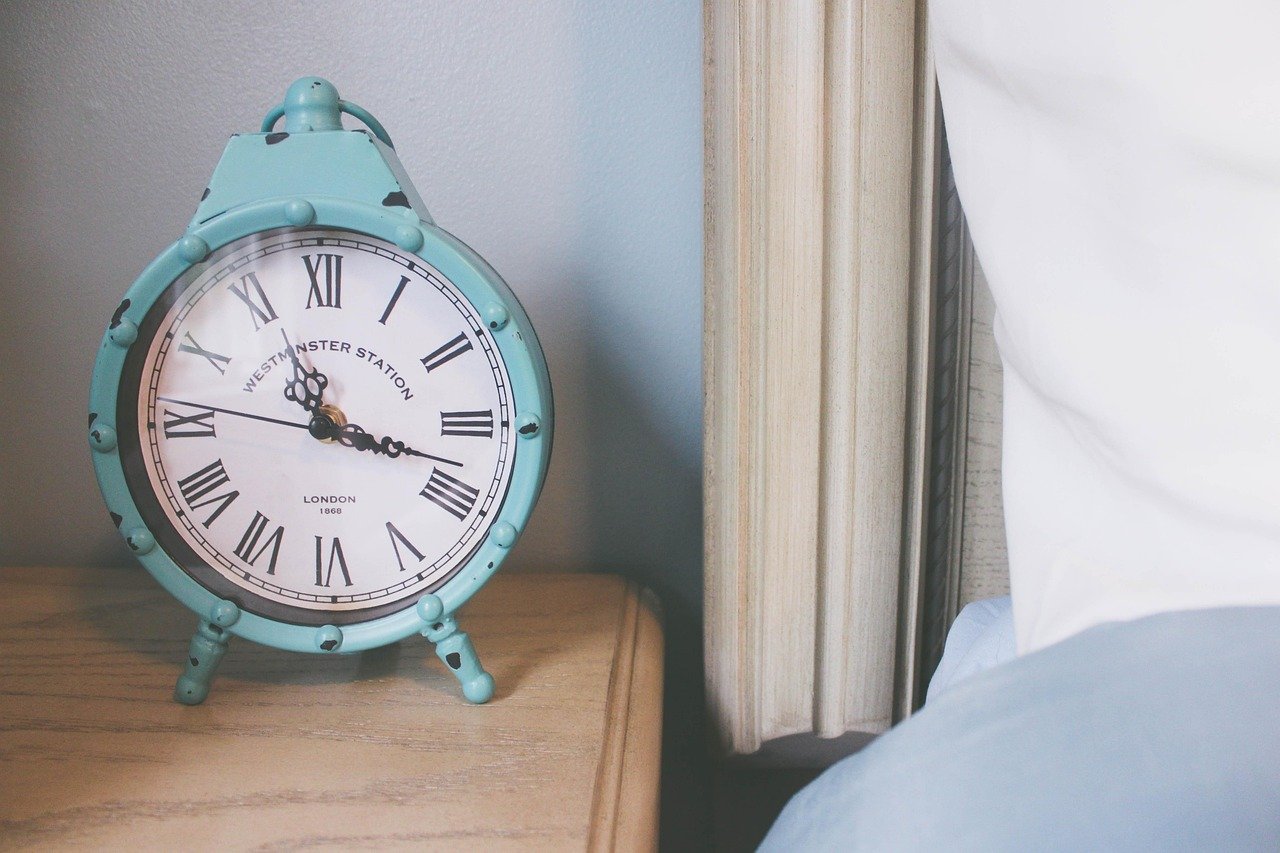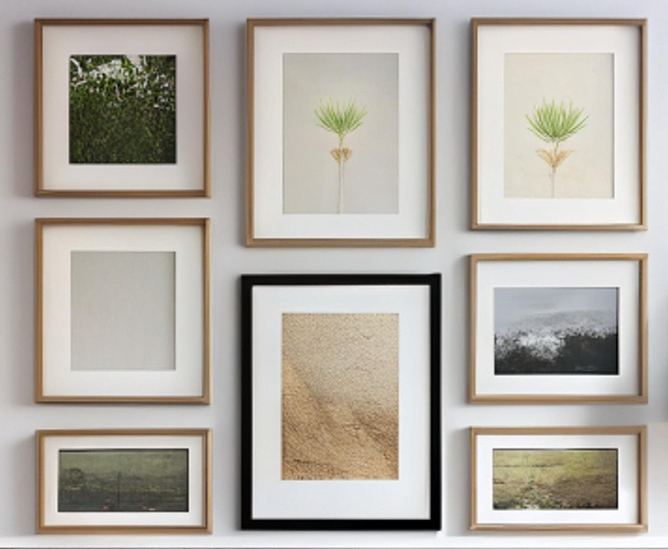
Layering Light in Small Spaces
Small rooms can still feel expansive — if the lighting is right. The key isn’t more light. It’s better layers.
In tight spaces, a single overhead fixture tends to flatten everything. But by using a mix of ambient, task, and accent lighting — along with a few well-chosen materials — you can create depth, softness, and flexibility without adding visual clutter.
Here’s how to layer light to make a small room feel more inviting, more functional, and more like you.
Start With Ambient Light
This is your baseline glow — the general light that sets the mood. A portable lamp with a frosted shade or a wall-mounted sconce can diffuse brightness without taking up surface space. Think warm and wide, not harsh and high. Consider warm LED bulbs in the 2700K–3000K range, which cast a more natural, calming light. Even in small rooms, bounce lighting off walls or ceilings can soften shadows and open up the space.
Add Focused Task Lighting
Next, choose a light that supports what you do in the room. A directional reading light by the bed, a compact table lamp for journaling, or a dimmable bulb near a kitchen prep spot. The goal is to spotlight without flooding. Look for fixtures with adjustable heads or arms so you can aim light where it’s needed without adding bulk. Clip-on or under-shelf lights work well in spaces where every inch counts.
Include Accent Lighting for Atmosphere
This is where things get interesting. A votive on a shelf, a backlit mirror, or even a lantern tucked into a corner. These subtle glows create pockets of interest that pull the eye — making the room feel layered instead of flat. You might also try LED strips under furniture or picture lights over artwork — just enough to highlight without overwhelming.
Use Materials That Soften or Bounce
Translucent shades, matte ceramics, and reflective glass help shape light gently. They prevent glare and add visual rhythm. A reflective tray under a lamp or a linen screen in front of a bulb can shift the entire tone. Even the color of your walls and ceilings plays a role — soft, light tones will help distribute light more evenly, while darker ones add contrast and depth when intentionally lit.
Keep the Lights Flexible
Create lights that move with you — portable, voice or motion-detected. In small rooms, multifunctional pieces work best: one lamp that can serve as ambient one night and task the next. Consider magnetic wall lamps, rechargeable table lights, or plug-in pendants with long cords — all easy to shift as your space or habits evolve.
A Final Thought
Layering light isn’t about brightness. It’s about depth, mood, and use. When your lights work together — each with a job, each with a tone — even the smallest room can feel like it has more space to breathe.
You may also like
Trending…






